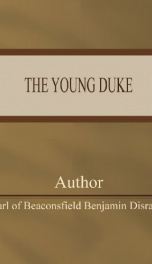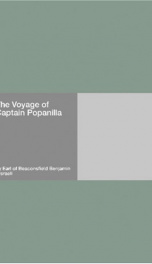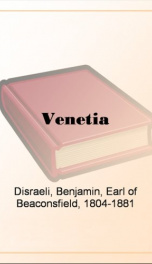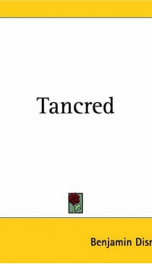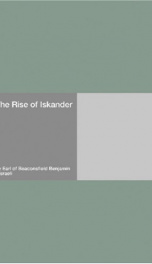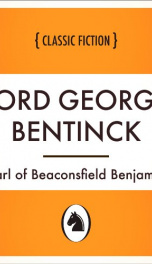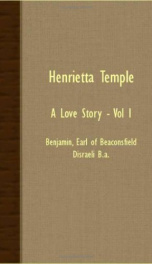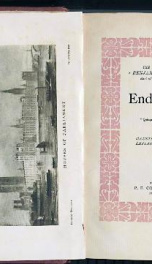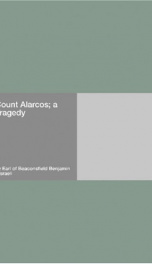Alroy

CD-ROM Edition For reading or research No illustrations, not an audio CD, not a DVD, produced in a Microsoft Word Compatible format for reading or research. About the Author: The title Earl of Beaconsfield in the peerage of the United Kingdom was created in 1876 for Prime Minister Benjamin Disraeli, a favourite of Queen Victoria. Victoria favoured Disraeli's Tory policies over those of his Liberal rival, William Ewart Gladstone. Disraeli had also promoted the Royal Titles Act 1876 that had given Victoria the title of "Empress of India." Disraeli's subsidiary title was Viscount Hughenden. In 1868, at the end of his first term as Prime Minister, Disraeli's wife Mary Anne had been created Viscountess Beaconsfield in her own right, allowing her husband to remain a member of the House of Commons. Mary died in 1872. When Disraeli became an earl in 1876 he automatically lost his seat in the Commons but remained Prime Minister, leading his government from the House of Lords. Beaconsfield is the name of a town in the county of Buckinghamshire. For most of his parliamentary career, Disraeli served as a member for Buckinghamshire. He owned an estate, Hughenden Manor, in the nearby town of High Wycombe, but never lived in Beaconsfield. His choice of title might have been partly influenced by the fact that in 1794 the conservative political philosopher and parliamentarian Edmund Burke, whom Disraeli admired, had turned down King George III's offer to raise him to the peerage as Lord Beaconsfield. In 1878, Disraeli refused Queen Victoria's offer to make him a duke, accepting instead membership in the Order of the Garter. The Disraelis died without heirs and their titles became extinct.
Info about the book
Series:
Unknown
ISBN:
0684159155
Rating:
4.5/5 (4)Your rating:
0/5
Languge:
English
Users who have this book
Users who want this book
What readers are saying
What do you think? Write your own comment on this book!
write a commentif you like Alroy try:
Do you want to read a book that interests you? It’s EASY!
Create an account and send a request for reading to other users on the Webpage of the book!
